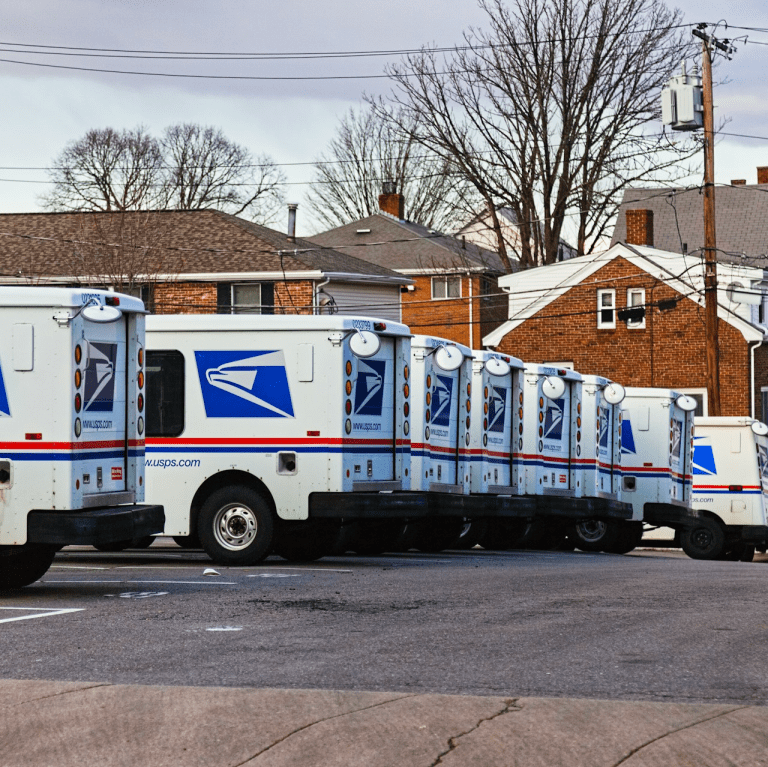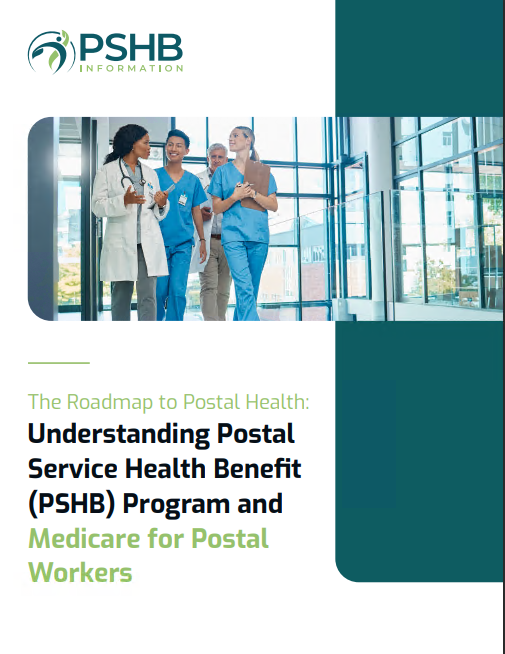Key Takeaways
-
The PSHB program brings significant changes to healthcare options for postal retirees, emphasizing the importance of Medicare integration and tailored plan benefits.
-
Understanding the enrollment rules, costs, and benefits ensures you make the best healthcare choices under the PSHB program in 2025.
What Is the PSHB Program, and How Does It Work?
The Postal Service Health Benefits (PSHB) program is now the official healthcare system for USPS employees, retirees, and their families. It replaced the Federal Employees Health Benefits (FEHB) program at the start of 2025, introducing a system specifically tailored to the unique needs of postal workers.
If you’re a postal retiree or nearing retirement, understanding the differences between PSHB and the previous FEHB is critical. PSHB emphasizes integration with Medicare, offering benefits and savings opportunities for retirees who meet specific requirements. By diving into the key aspects of the program, you can identify how it influences your healthcare choices and financial planning.
Enrollment Requirements: What You Need to Know
Who Needs to Enroll?
Enrollment in PSHB is mandatory for most USPS retirees and their eligible family members. However, there are exceptions, including retirees who receive healthcare coverage through a spouse’s FEHB plan or those who meet specific Medicare exemption criteria. For most postal retirees, participation ensures continued health benefits and access to new features designed for their needs.
Key Deadlines to Remember
The 2024 Open Season marked the transition to PSHB, running from November 11 to December 13. This period allowed retirees to review their options and enroll in a PSHB plan effective January 1, 2025. Outside of Open Season, changes are only possible during Qualifying Life Events (QLEs).
Medicare Integration: A Central Feature of PSHB
One of the most impactful changes under PSHB is its emphasis on Medicare integration. If you are a retiree aged 65 or older, you are required to enroll in Medicare Part B to maintain PSHB coverage unless you qualify for specific exemptions. This integration ensures comprehensive coverage, particularly for hospital, medical, and prescription drug expenses.
How Medicare Works with PSHB
Once enrolled in both Medicare and PSHB, your benefits work together to minimize out-of-pocket costs. Many PSHB plans waive deductibles and copayments for those who meet Medicare enrollment requirements. Additionally, Medicare-eligible retirees automatically receive prescription drug coverage through a Medicare Part D Employer Group Waiver Plan (EGWP).
Costs and Savings Under PSHB
Monthly Premiums and Government Contributions
PSHB plans follow a cost-sharing model similar to FEHB, where the government continues to cover a significant portion of your premiums. While premiums vary based on the selected plan and coverage level, the structure ensures affordability for most retirees.
Medicare Part B Premium Reimbursements
For retirees enrolled in Medicare Part B, many PSHB plans offer premium reimbursements. This benefit offsets the cost of Medicare premiums, making dual enrollment more financially manageable. Reviewing your plan’s specifics helps you understand the potential savings available.
Reduced Out-of-Pocket Costs
The PSHB program’s integration with Medicare significantly reduces out-of-pocket costs for healthcare services. From waived deductibles to lower coinsurance rates, the combined coverage ensures retirees can access care without financial strain.
Prescription Drug Benefits: What’s New?
Prescription drug coverage under PSHB represents a significant improvement for Medicare-eligible retirees. By including a Medicare Part D EGWP in its plans, PSHB ensures access to comprehensive drug coverage. Additionally, the $2,000 annual out-of-pocket cap for prescription drugs introduced in 2025 provides financial relief for retirees with high medication needs.
Flexible Payment Options
PSHB plans also include a Medicare Prescription Payment Plan, allowing you to spread out-of-pocket drug costs over the calendar year in manageable monthly payments. This feature adds flexibility, especially for those managing chronic conditions or high-cost prescriptions.
Reviewing and Selecting Your Plan
How to Compare Your Options
Choosing the right PSHB plan starts with a thorough comparison of the options available. Factors to consider include:
-
Premiums: Evaluate monthly costs against your budget.
-
Coverage: Ensure the plan covers the services and providers you need.
-
Medicare Integration: Check for benefits like waived deductibles and premium reimbursements.
Importance of the ANOC Letter
Each year, you’ll receive an Annual Notice of Change (ANOC) letter detailing any updates to your plan’s costs and benefits. Reviewing this document is essential to stay informed about changes that may affect your healthcare choices.
Qualifying Life Events: When Can You Make Changes?
Life doesn’t always align with Open Season deadlines, which is why the PSHB program allows changes during Qualifying Life Events (QLEs). Common QLEs include:
-
Marriage or divorce
-
Birth or adoption of a child
-
Loss of other healthcare coverage
When a QLE occurs, you have a limited window to adjust your coverage. Keeping track of these events ensures you maintain appropriate healthcare for your needs.
How PSHB Impacts Financial Planning
Healthcare costs are a significant consideration in retirement planning. By transitioning to PSHB, retirees gain access to a system designed to streamline costs while offering robust benefits. Planning for Medicare premiums, out-of-pocket expenses, and supplemental coverage under PSHB helps you maintain financial stability in retirement.
Budgeting for Healthcare Costs
Creating a budget that incorporates your PSHB premiums, Medicare costs, and expected out-of-pocket expenses ensures you’re prepared for healthcare spending. Utilizing tools like health savings accounts (HSAs) or flexible spending accounts (FSAs) can further support your planning efforts.
Why Understanding PSHB Is Essential
The 2025 transition to PSHB introduces changes that directly impact postal retirees’ healthcare. Familiarizing yourself with the program’s features and requirements ensures you can:
-
Maintain uninterrupted coverage.
-
Access enhanced benefits.
-
Make informed decisions that align with your healthcare needs.
Staying proactive and engaged with the program’s updates empowers you to navigate your healthcare with confidence.
Making the Most of Your PSHB Benefits
Take Advantage of Preventive Care
Most PSHB plans offer comprehensive preventive care services at no additional cost. Scheduling regular check-ups, screenings, and vaccinations helps you stay ahead of potential health issues.
Leverage Wellness Programs
Many plans include wellness programs aimed at promoting healthier lifestyles. From fitness memberships to smoking cessation support, these benefits are designed to improve overall well-being.
Preparing for Future Healthcare Needs
Healthcare needs often evolve with age. PSHB’s integration with Medicare ensures you’re covered for a range of services, but planning ahead remains critical. Consider factors like long-term care, specialized treatments, and potential policy changes as you evaluate your healthcare strategy.
Staying Informed
Keeping up with program updates and policy adjustments helps you make timely decisions. Regularly checking USPS and OPM communications ensures you’re aware of any changes to your plan’s costs or benefits.
Why the PSHB Program Matters in 2025
The PSHB program represents more than a simple transition from FEHB—it’s a tailored approach to meeting the healthcare needs of postal retirees. By understanding the program’s requirements, benefits, and costs, you can confidently manage your healthcare choices in 2025 and beyond. Taking the time to explore your options, review plan details, and plan for the future ensures you’re making the most of what PSHB offers.










